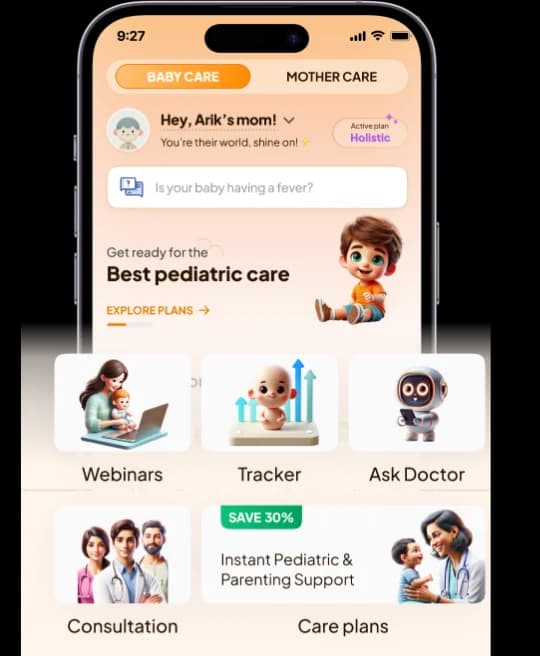
Did you know that a newborn baby is born with about 300 bones, while an adult has about 206? In this blog, we will learn about the skeletal development of human infants, from their teeny-small toes to their pumpkin-shaped heads, and the importance of nutrition and weight-bearing workouts for their bone growth.
Infant Skeleton: Extra Bones and Development
- Newborns have nearly 100 extra bones compared to adults
- Bones gradually merge and fuse to form the 206-213 bones, like in adults
- Cartilage growth plates at the ends of bones merge between ages 13-17
Skeletal Changes in Children
- Cartilage in skeletons hardens and fuses as children develop
- "Soft spot" on newborn's head fuses to form a single cranium
- A person usually has 206 bones by early adulthood (ages 20-25)
Fetal Bone Development during Pregnancy
- During the first trimester, the entire skeleton comprises cartilage.
- Month 1: Mesoderm gives rise to bones, heart muscles, kidneys, and genitalia.
- Month 2: Clavicle and parts of the backbone are formed, arm and leg buds appear, and the tail vanishes.
- Month 3: Skeleton is fully formed, fingers and toes are made, and joints can move.
- Month 4: Placenta carries calcium from the mother to the fetus to build strong bones.
- Month 5-6: Active time for bone formation and fetal development.
- Month 7-8: Calcium from dairy sources is transported to ossify cartilage, grow muscles, and construct fat.
- Month 9: About 350 mg of calcium is delivered daily during week 36.
